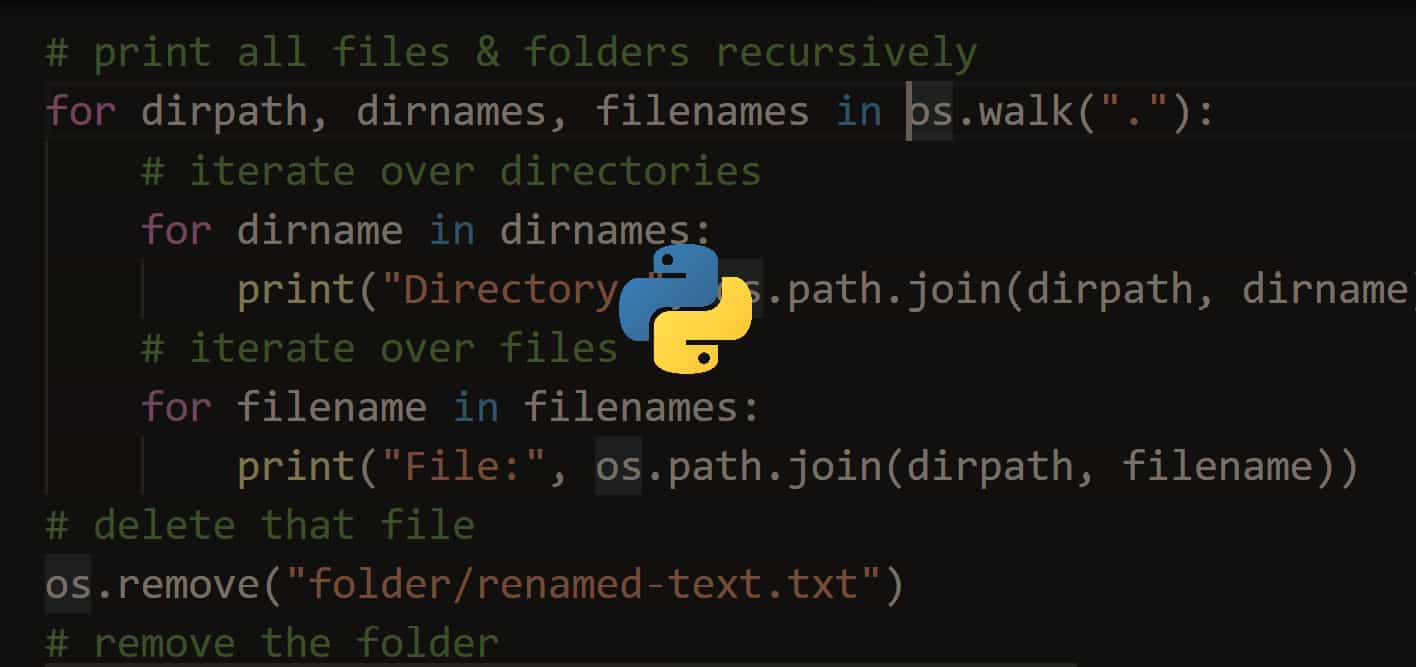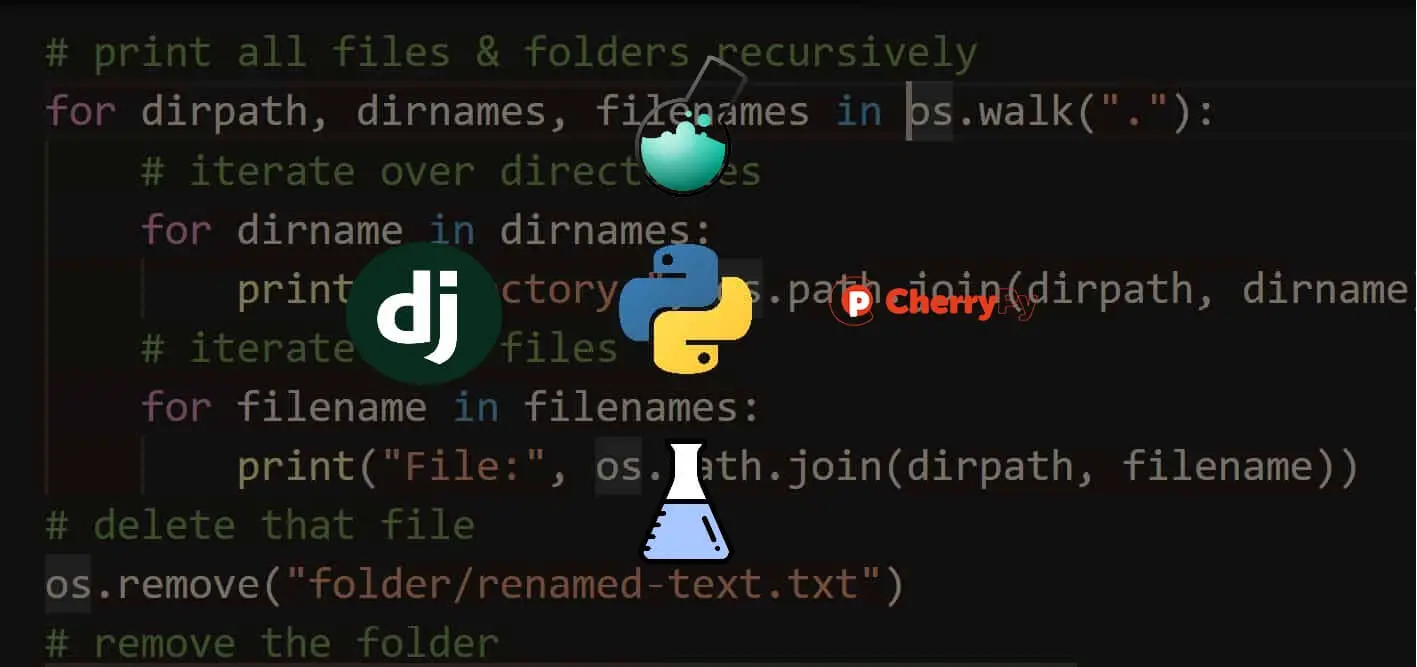Get a head start on your coding projects with our Python Code Generator. Perfect for those times when you need a quick solution. Don't wait, try it today!
Table of contents:
Definition of an Essay
An essay is a common type of assignment within educational processes. However, students rarely take them as opportunities to express themselves. Mostly, these essays are about specific points they have heard from their professors.
The author addresses the interlocutor, occupied by new considerations and judgments about the subject, and expresses his position on a particular problem.
Each educational institution can change this regulation, but methodological development gives instructions on how to write an essay. A sample is usually not given since there are traditionally no explicit requirements for the author.
If you're reading this source, you're interested in Python programming. At first sight, it seems like it's impossible, but that's not true. Your fast essay writing skills won't help this time, as you need more time to form the outline and main points, but we've prepared some issues that might help you.
Philosophy
As easy as it sounds, write about its philosophy. Python has a clear idea, so use it to give the reader more context.
Among its main advantages of the following:
- Clean syntax (indentation should be used to highlight blocks);
- Portability of programs (which is inherent in most interpreted languages);
- The standard distribution has a large number of valuable modules (including a module for developing a graphical interface);
- The ability to use Python in a dialog mode (handy for experimenting and solving simple problems);
- The standard distribution has a simple but, at the same time, quite powerful development environment called IDLE, which is written in Python;
- Convenient for solving mathematical problems (has tools for working with complex numbers, can operate with integers of arbitrary size, in dialog mode, can be used as a powerful calculator).
Python has efficient high-level data structures and a simple but effective approach to object-oriented programming. Python's elegant syntax, dynamic type handling, and the fact that it is an interpreted language make it ideal for scripting and rapid application development in many industries on most platforms.
The Python interpreter and rich standard library (source and binary distributions for all major operating systems) can be obtained from the Python website www.python.org and are freely distributed. The same site has allocations and links to numerous modules, programs, utilities, and additional documentation.
The Python interpreter can be extended with functions and data types developed in C or C++ (or another language that can be called from C). Python is also convenient as an extension language for applications that require further debugging.
Those points (and you can add more) form the first step in the programming essay.
History
The development of Python was started in the late 1980s by Guido van Rossum of the Dutch CWI Institute. An extensible scripting language was needed for the Amoeba distributed operating system, and Guido started writing Python in his spare time, borrowing some of the work for the ABC language (Guido was involved in the development of this language, which was focused on programming education). In February 1991, Guido published the source code on the alt.sources newsgroup. The language began to spread freely over the Internet and caught the fancy of other programmers. Since 1991, Python has been entirely object-oriented. Python also borrowed many features from languages such as C, C++, Modula-3, and Icon, and some parts of functional programming from Lisp.
The name of the language did not originate from a reptile species. The author named the language after the famous British comedy series of the 70s, "Monty Python's Flying Circus." However, the name of the language is still more often associated with the snake than with the movie-file icons in KDE or Windows, and even the logo on the python.org website depicts a snake's head.
The presence of a friendly user community, along with Guido's design intuition, is considered one of the main factors in Python's success. Language development follows a strictly regulated process of creating, discussing, selecting, and implementing PEP (Python Enhancement Proposal) documents, which are proposals for the development of Python.
On December 3, 2008, the first version of Python 3000 (or Python 3.0, also known as Py3k) was released after extensive testing. Python 3000 eliminated many of the architecture's shortcomings with the maximum possible (but not complete) preservation of compatibility with older versions. Today, both development branches (Python 3.11 and 2.7) are supported, although Python 2 is no longer maintained.
Influence of Other Languages on Python
Having appeared relatively late, Python was created under the influence of many programming languages:
- ABC - a field for grouping operators and high-level data structures (map) (in fact, Python was created as an attempt to correct the mistakes made in the design of ABC).
- Modula-3 - packages, modules, use of else together with try and except, named function arguments (also influenced by Common Lisp);
- C, C++ - some syntactic constructions (as Guido van Rossum himself writes - he used the most consistent buildings from C in order not to cause dislike of C programmers to Python).
- Smalltalk - object-oriented programming.
- Lisp - some features of functional programming (lambda, map, reduce, filter, and others);
- Fortran - array slices, complex arithmetic;
- Miranda - list expressions;
- Java - logging, unittest, threading modules (some of the features of the original module are not implemented), XML.sax standard library, sharing finally and except when handling exceptions, using @ for decorators;
- Icon - generators.
Most other Python features (for example, byte-compilation of source code) were also implemented earlier in other languages.
These main points of its history involve the reader in the long-term process of developing the language. It's a good point for your potential argument - being well prepared with the history part.
Portability
Python is ported and runs on almost every known platform, from PDAs to mainframes. There are ports for Microsoft Windows, all variants of UNIX (including FreeBSD and GNU/Linux), Plan 9, Mac OS and Mac OS X, iPhone OS 2.0 and higher, Palm OS, OS/2, Amiga, AS/400, and even OS/390, Symbian and Android.
As it ages, its support in the main branch of the language is discontinued. For example, since the 2.6 series, support for Windows 95, Windows 98, and Windows ME has been broken. However, previous versions of Python can still be used on these platforms - now, the community actively supports Python versions starting from 2.3 (patches are released for them).
At the same time, unlike many ported systems for all major platforms, Python supports platform-specific technologies (for example, Microsoft COM/DCOM). Moreover, a particular version of Python for the Java virtual machine - Jython- allows the interpreter to run on any system that supports Java. At the same time, Java classes can be directly used with Python and written in it. Several projects also provide integration with the Microsoft.NET platform, mainly IronPython and Python. Net.
Features
Interactive mode
Like Lisp and Prologue in debug mode, the Python interpreter has an interactive way in which statements entered from the keyboard are immediately executed, and the result is displayed on the screen. This mode is interesting for beginners and experienced programmers who can interactively test any part of the code before using it in the main program or use it as a calculator with a large set of functions.
This is how communication with Python looks like in interactive mode:
>>> 2 ** 100
1267650600228229401496703205376
>>> from math import * # import mathematical functions
>>> sin (pi * 0.5) # calculate the sine of half of pi
1.0
>>> help(sorted) # help on the sorted function
Help on built-in function sorted in module builtins:
sorted(iterable, /, *, key=None, reverse=False)
Return a new list containing all items from the iterable in ascending order.
A custom key function can be supplied to customize the sort order, and the
reverse flag can be set to request the result in descending order.The PDB debugger and help system (called help()) are available in interactive mode. The help system works for modules, classes, and functions only if they have been provided with documentation lines.
In addition to the built-in, there is an improved interactive IPython shell.
Object-oriented Programming
The Python language design is built around the object-oriented programming model. The implementation of OOP in Python is elegant, powerful, and well-designed, but at the same time, quite specific compared to other object-oriented languages.
Opportunities and features:
- Classes are simultaneous objects with all the following features.
- Inheritance, including multiple inheritances.
- Polymorphism (all functions are virtual).
- Encapsulation (two levels - public and hidden methods and fields). Feature - hidden members are available for use and marked as hidden only by unique names.
- Unique methods control the life cycle of an object: constructors, destructors, and memory allocators.
- Operator overloading (all except is, '.', '=,' and symbolic logical operators).
- Properties (field imitation using functions).
- Field access control (emulation of fields and methods, partial access, etc.).
- Methods for managing the most common operations (truth value,
len(), deep copying, serialization, iteration on an object, ...) - Metaprogramming (class creation management, triggers for class creation, etc.)
- Full introspection.
- Class and static methods, class fields.
- Classes nested in functions and other types.
Functional Programming
Python supports the functional programming paradigm, in particular:
- A function is an object.
- Tasks of higher orders.
- Recursion.
- Advanced list processing (list expressions, sequence operations, iterators).
- Analogue of closures.
- Partial application of the process.
- The ability to implement other tools in the language itself (for example, carrying).
Modules and Packages
Python software (application or library) is designed in the form of modules, which in turn can be assembled into packages. Modules can be located both in directories and in ZIP archives. Modules can be of two types by their origin: modules written in "pure" Python and extension modules written in other programming languages. For example, the standard library has a "pure" pickle module and its C analog: cPickle. The module is designed as a separate file, and the package is a particular directory. The module is connected to the program by the import statement. After importing, the module is represented by a separate object that gives access to the module's namespace. During program execution, the module can be reloaded using the reload() function.
These mentioned points are simple to catch while reading and easy to pull and import into writing.
Happy learning ♥
Want to code smarter? Our Python Code Assistant is waiting to help you. Try it now!




Got a coding query or need some guidance before you comment? Check out this Python Code Assistant for expert advice and handy tips. It's like having a coding tutor right in your fingertips!